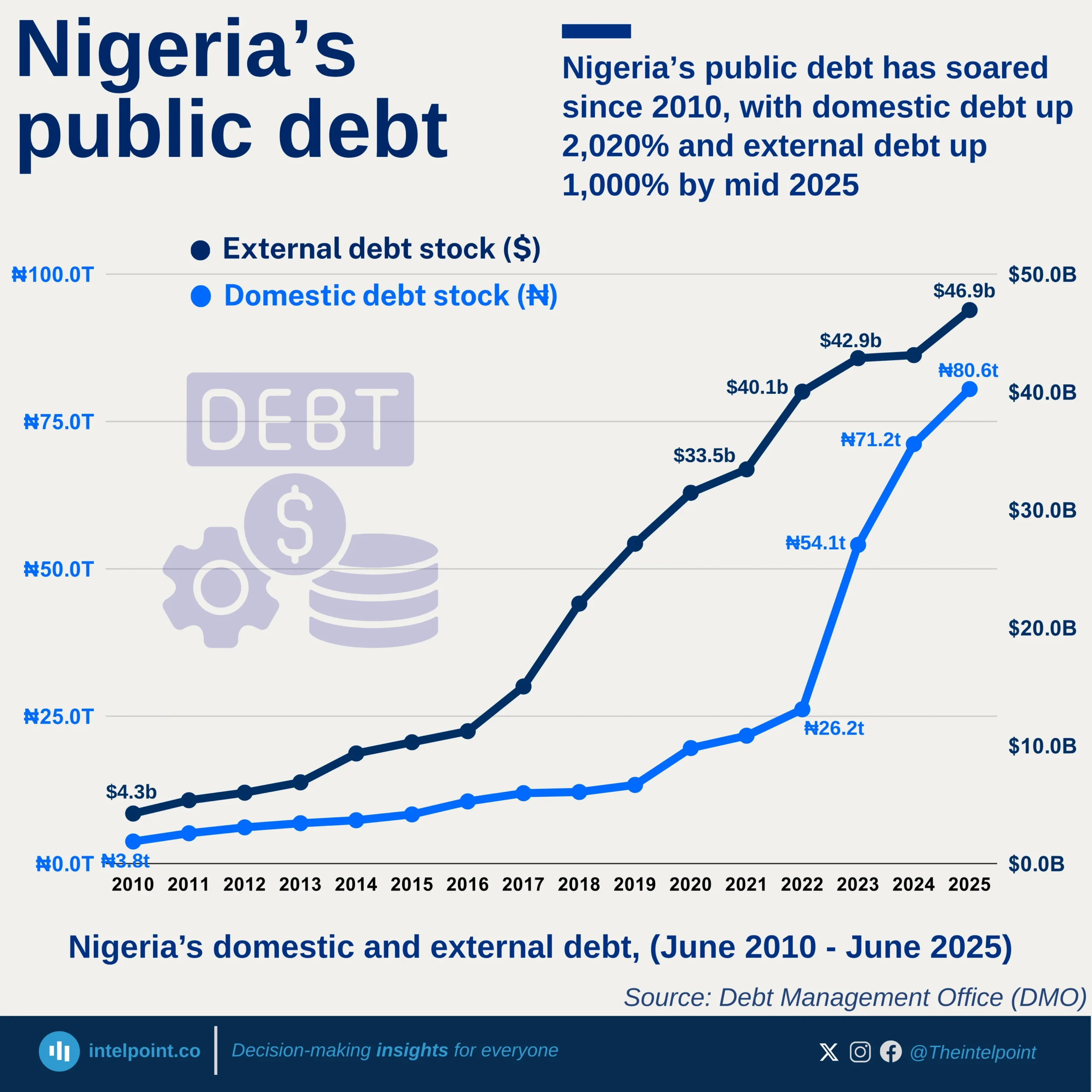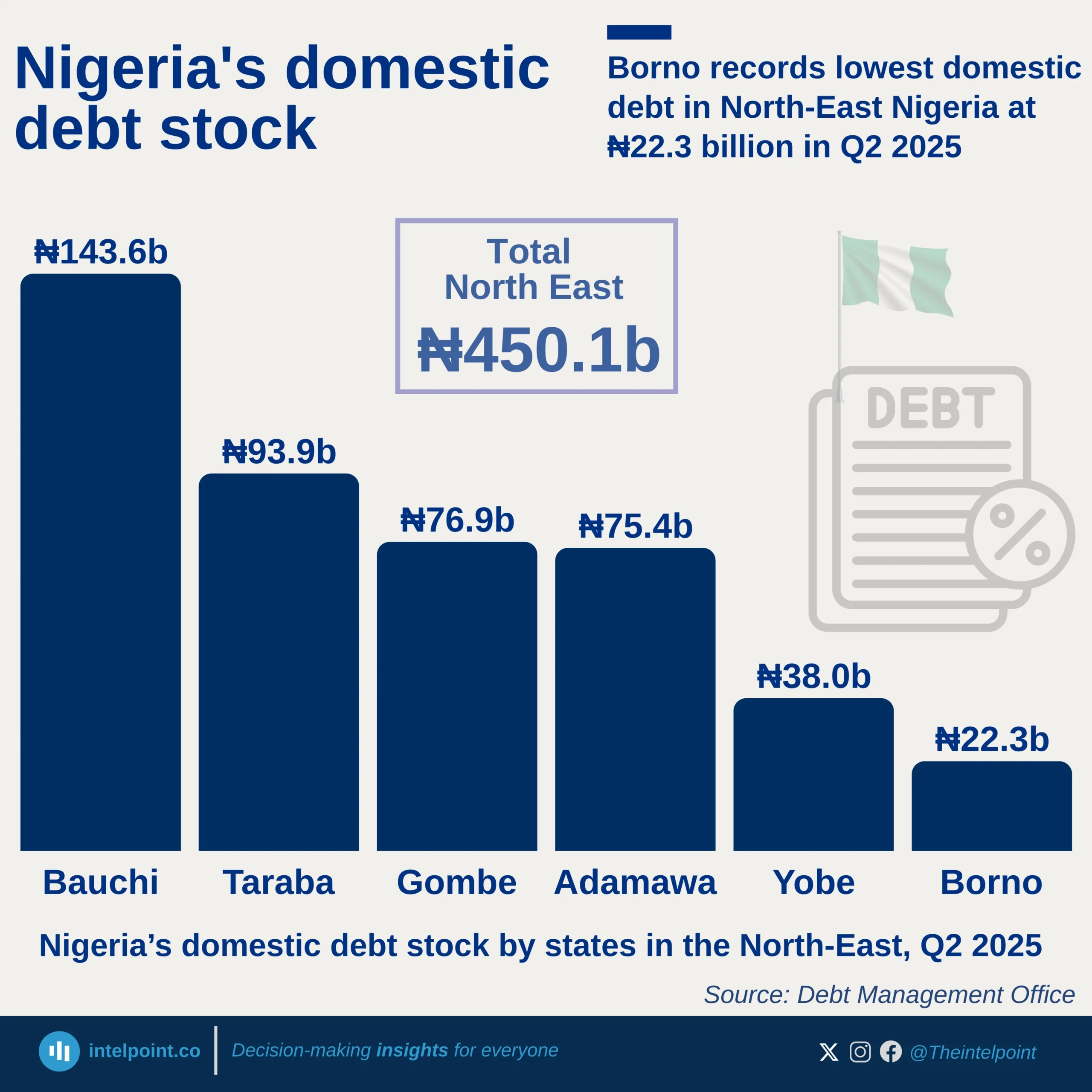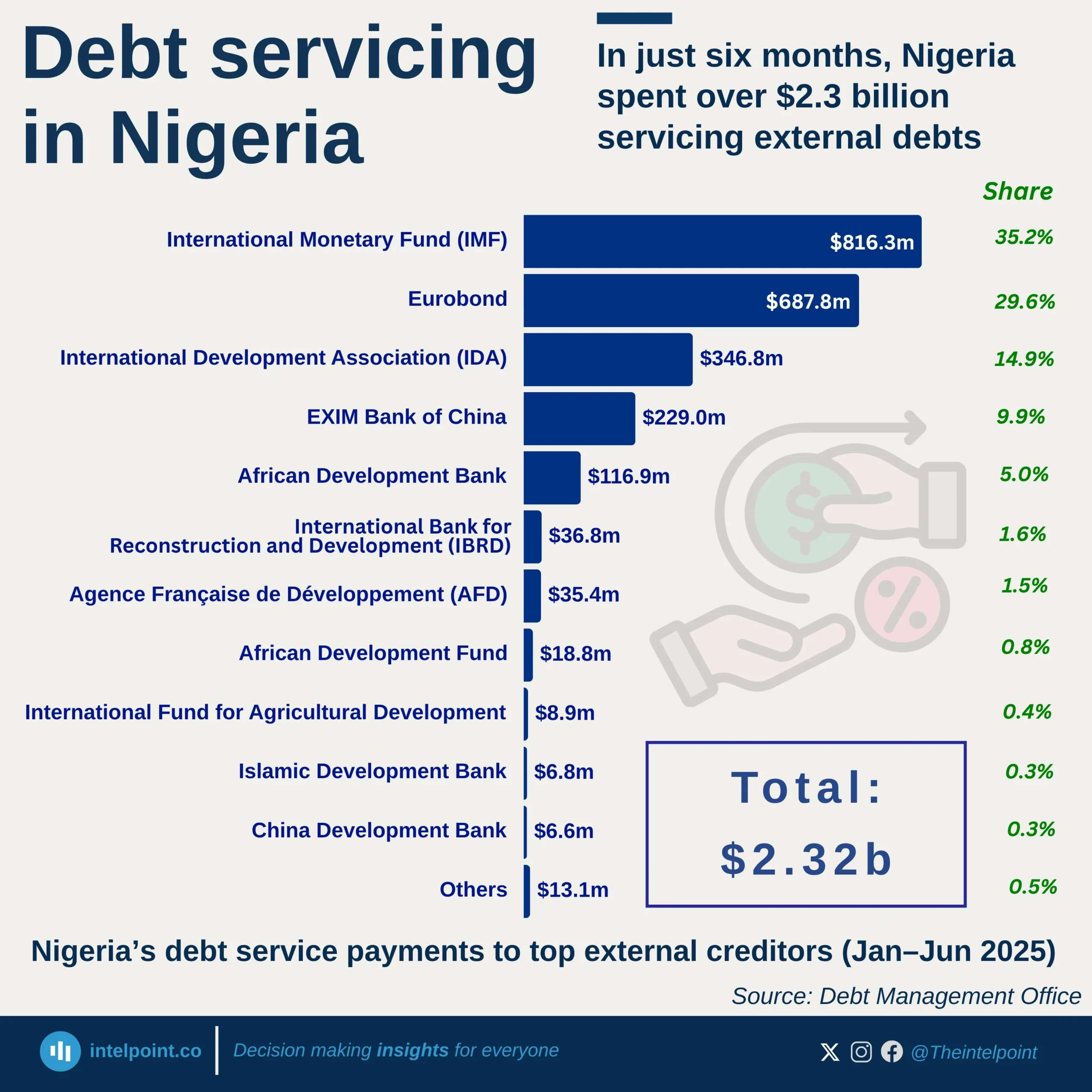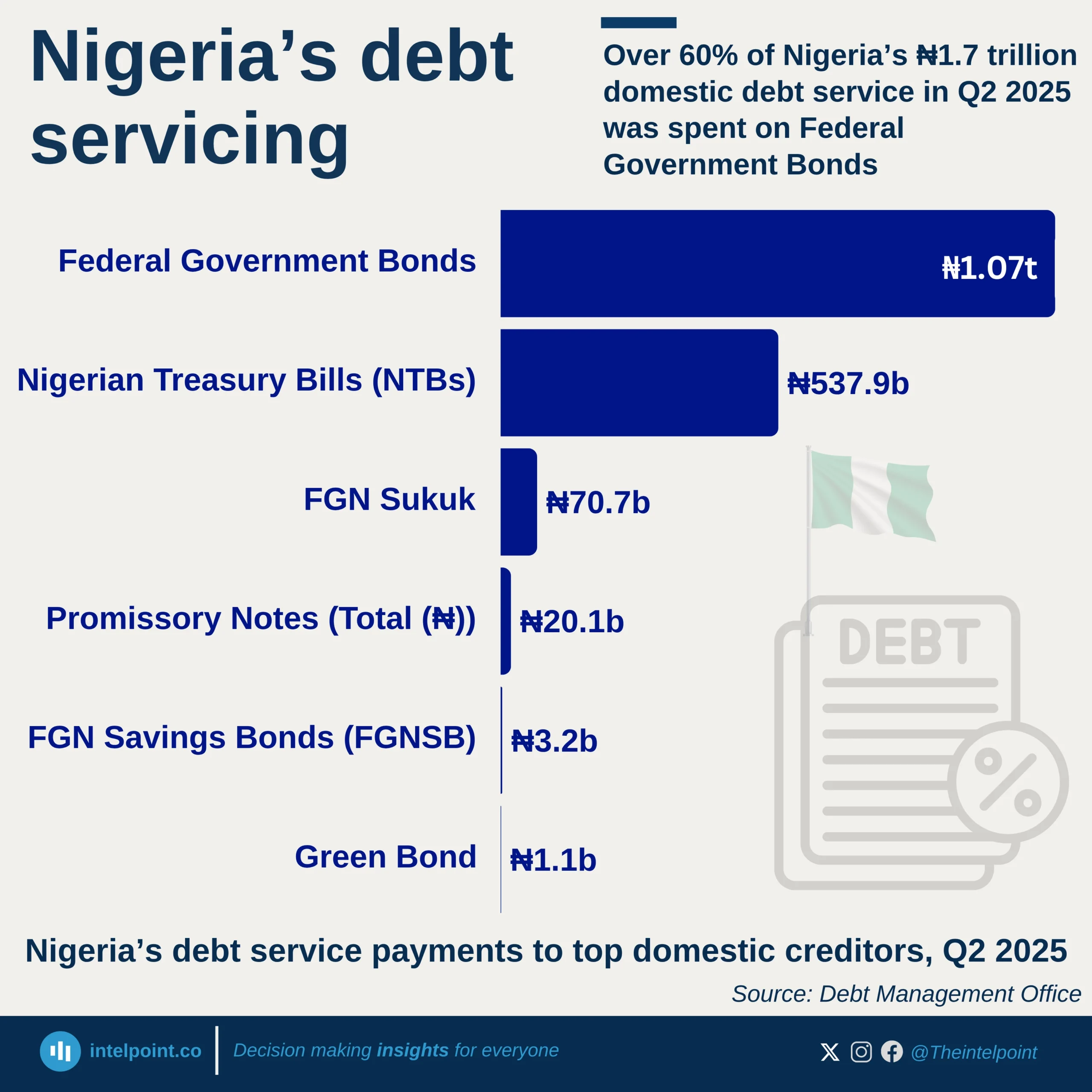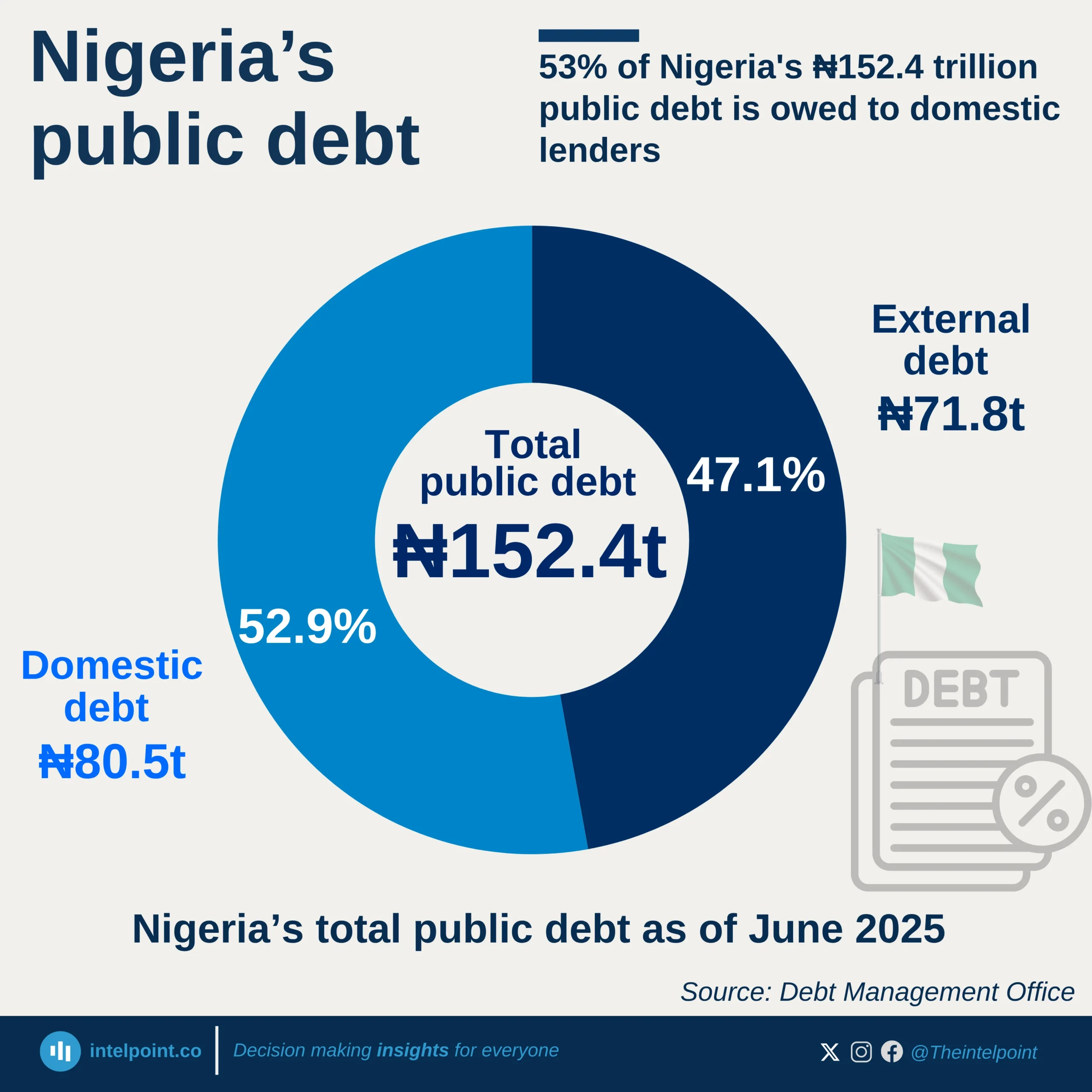Key Takeaways:
Between 2016 and 2025, Cameroon’s external debt to the International Monetary Fund underwent a dramatic transformation. The country’s outstanding debt, which stood at SDR 70.6 million in 2016, decreased further to SDR 49.1 million in 2017.
However, 2018 marked the beginning of a significant and sustained shift. Debt surged to SDR 235.7 million, reflecting a 380% increase in just one year. This sharp rise signalled the start of a steady upward trend that has continued unabated through to 2025.
